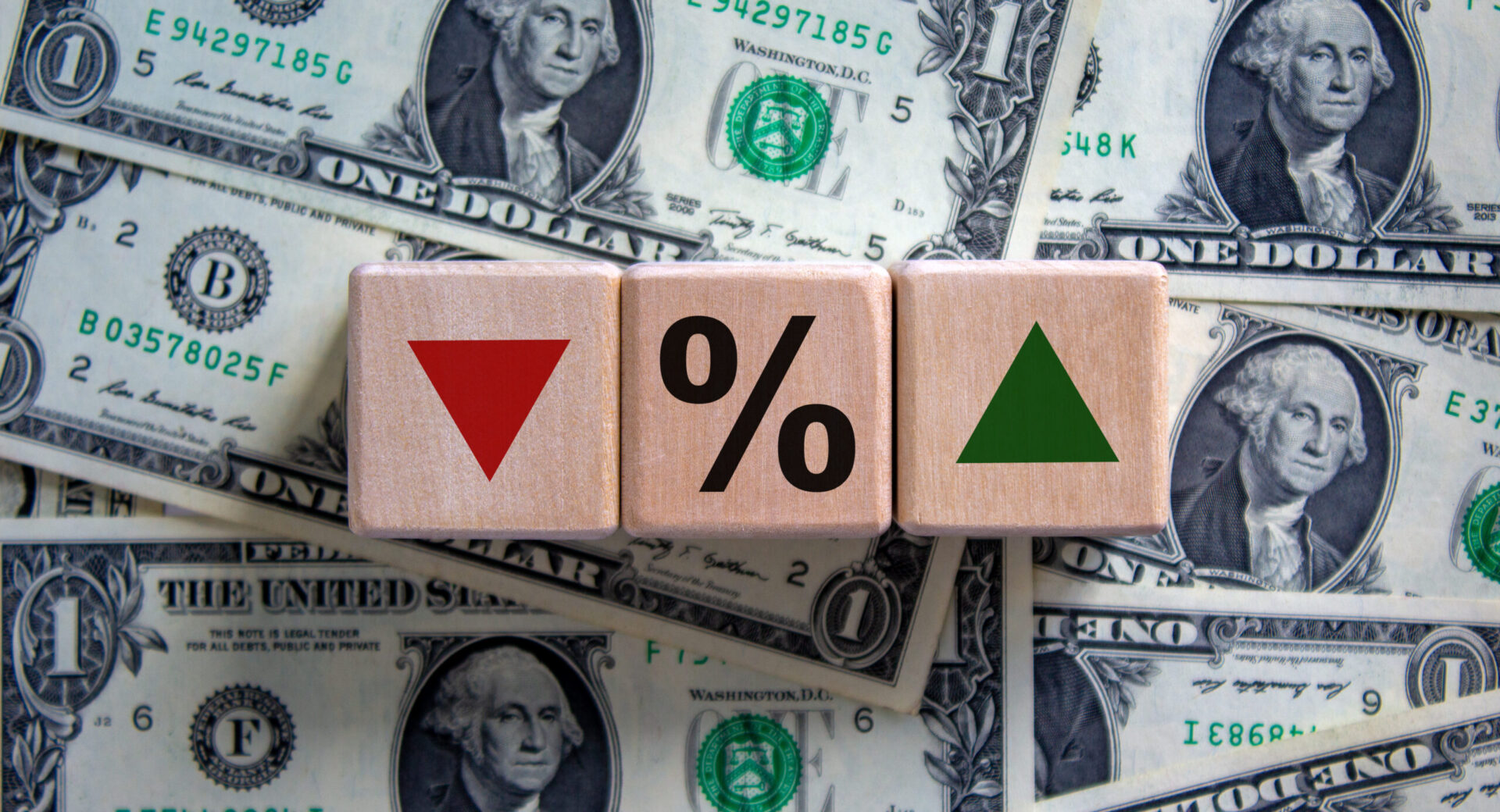Mortgage applications slipped again last week as treasury yields swelled to new highs.
The Mortgage Bankers Association’s weekly survey shows the adjusted Market Composite Index – a measure of mortgage loan application volume – decreased by 1%, a more moderate decline than the week prior’s 6.9% dip.
Adjusted purchase applications slipped by 2%, while the unadjusted index fell by 2% from the week before and was 22% lower YOY.
Another spike in rates drove the decline. The 30-year fixed mortgage rate rose to 7.90%, the highest level since 2000 and a 20 bps jump from last week. Rates have risen nearly 70 bps in the last seven weeks.
“Ten-year Treasury yields climbed higher last week, as global investors remained concerned about the prospect for higher-for-longer rates and burgeoning fiscal deficits,” said Joel Kan, MBA’s Vice President and Deputy Chief Economist.
“Mortgage activity continued to stall, with applications dipping to the slowest weekly pace since 1995. These higher mortgage rates are keeping prospective homebuyers out of the market and continue to suppress refinance activity.”
Treasury yields breached 5% for the first time since 2007 last Thursday, though they have since pulled back to the mid 4%s. At the same time, investors are still digesting comments from Federal Reserve Chair Jerome Powell suggesting stubborn inflation will keep rates high for a while yet.
“While the path is likely to be bumpy and take some time, my colleagues and I are united in our commitment to bringing inflation down sustainably to 2%,” Powell said in remarks.
There was some good news. Refinances rose last week, up 2%.
Refis accounted for 31.4% of total applications. There remains a small market for them as locked-in homeowners cling to sub-5% rates. In the past decade, they averaged 58% of total activity.
Meanwhile, the share of ARMs once again saw a boost as desperate borrowers looked for ways to lower their monthly payments. ARMs hit 9.5% of total applications, their highest share since November 2022.
The FHA share of total applications rose to 15.2% from 14.8%, with an average interest rate of 7.52%.
The VA’s share decreased to 10.5% from 10.7%, while the USDA’s share fell to 0.4% from 0.5%.
The jumbo rate rose from 7.56% to 7.78%.
Read More Articles:
Official: New ADU Policy Will Boost Supply Of Affordable Housing
CFPB Director Calls For End To Big Bank Bailouts
Fed’s Policies Take Center Stage At MBA Convention In Philadelphia
Sign up for our newsletter.
